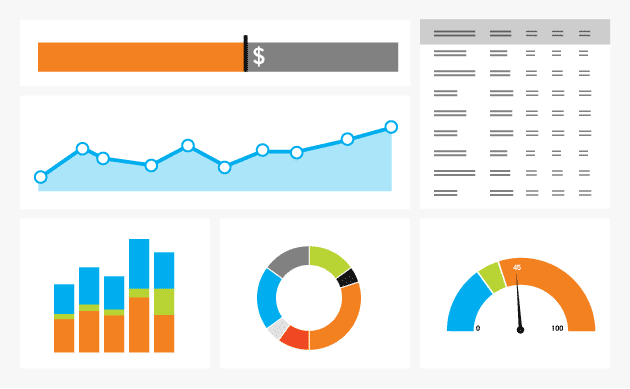Though the collection and analysis of data has been with us as long as there have businesses interested in improving and understanding their processes, the Computer Age has seen a definite quickening in the sheer volume of data that can be gathered and processed. So is there really a point to being able to acquire data at a mind-boggling pace? In short, yes. A business’s essence is defined by the data it collects, but if you demand to know exactly how data acquisition can make a bottom line difference in an industrial business or application, keep reading.
Knowing the Unknown
Gathering data about something that is unknown is an excellent way to learn more about such disparate entities as scientific phenomena or new product designs. Often these patterns, especially in the former, are too subtle or take place over too long a time period to make intelligent suppositions. For example, it’s easy to reflect back on weather patterns over a decade just on the basis of personal experience, but the picture becomes less accurate when we try to assess long-term data that may go back a century or more.
The second example, new product design, allows engineers and designers to make tweaks based on data they collect without having to send out a terrible prototype into the marketplace for testing the hard way. This not only decreases time to market but avoids foisting something dangerous or poorly functioning on innocent beta testers.
Manufacturing / Quality Testing
Do the final products rolling off the end of the assembly line match up to the original design specifications for performance and safety? Unless your company collects this data, you’re left to make a biased assessment on the basis of what seems to be reality. Humans are notoriously poor judges in such matters. Data acquisition allows you to amass accurate records of how well the end result matches design expectations. It’s critical to know whether there is a gap that tells you the specs are unreasonable or the product needs improving. All of this points right to the heart of quality control. Doing this poorly can doom a business quickly.
Repair and Diagnostics
In the manufacturing and industrial world, it’s not always a simple matter to send a technician in to figure out why a piece of machinery is malfunctioning. Maybe the issue would require a complete dismantling of millions of dollars worth of equipment that would shut down the line for days or even weeks. This is the perfect scenario to illustrate how data acquisition techniques allow for the design of diagnostic systems that can figure out the problem in a fraction of the time it would take a human brain.
Monitoring
To expand on the previous section, wouldn’t it be an even better idea to use data acquisition to create and install monitoring systems that were designed to identify maintenance and repair issues or even system failures before they occur? Based on data collected during the times when machinery is running perfectly, the preventative monitoring of manufacturing or industrial systems could eliminate or at least greatly reduce outages and the accompanying downtime and optimize machine performance.
Automation
Often humans aren’t the best choice when it comes to operating complex or dangerous machinery over the course of an eight hour or longer work shift. That’s where data acquisition hardware and/or software can take the human element out of the loop, saving thousands of man hours annually for large companies. The Industrial Revolution has come and gone and it’s no longer a necessity for a human hand to be on the wheel of everything that happens during the manufacturing process.
Final Thoughts
To ignore the inherent possibilities of data acquisition is like trying to stop a speeding freight train by standing on the track with a stop sign. It’s time for entrepreneurs and CEOs to drop any lingering antagonism and take a hard look at how a mass of information can help their business massively.

